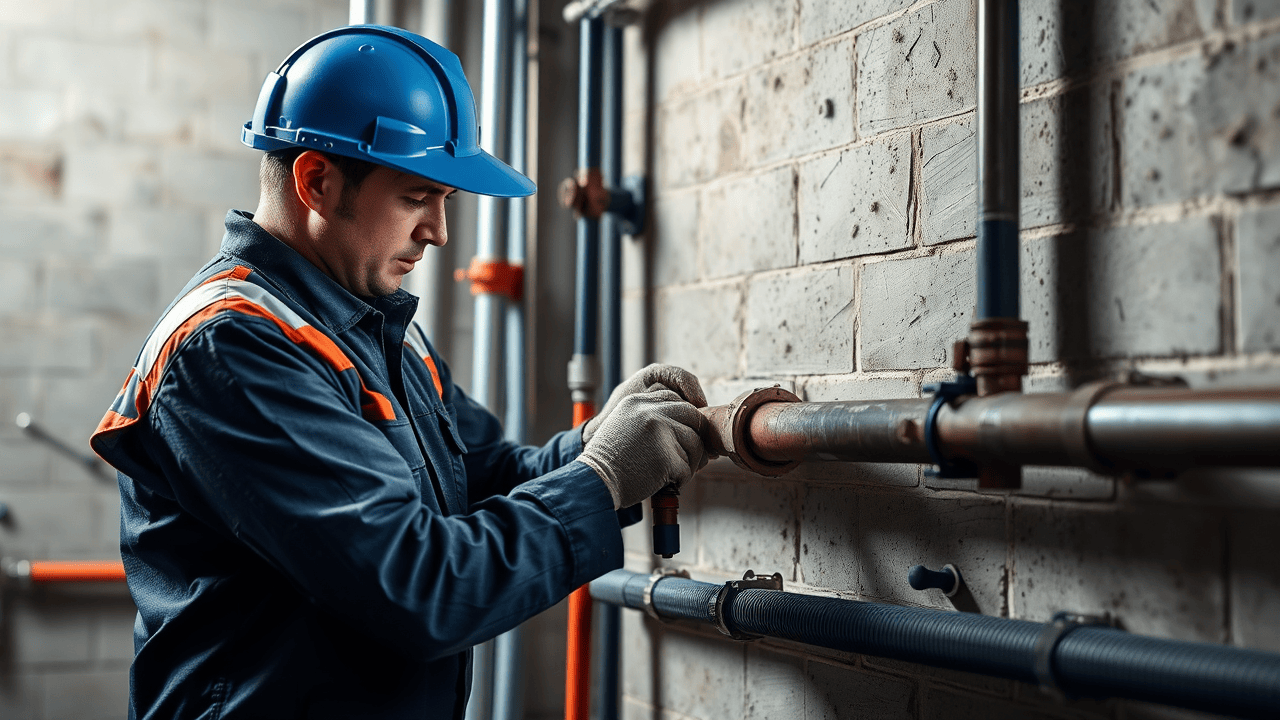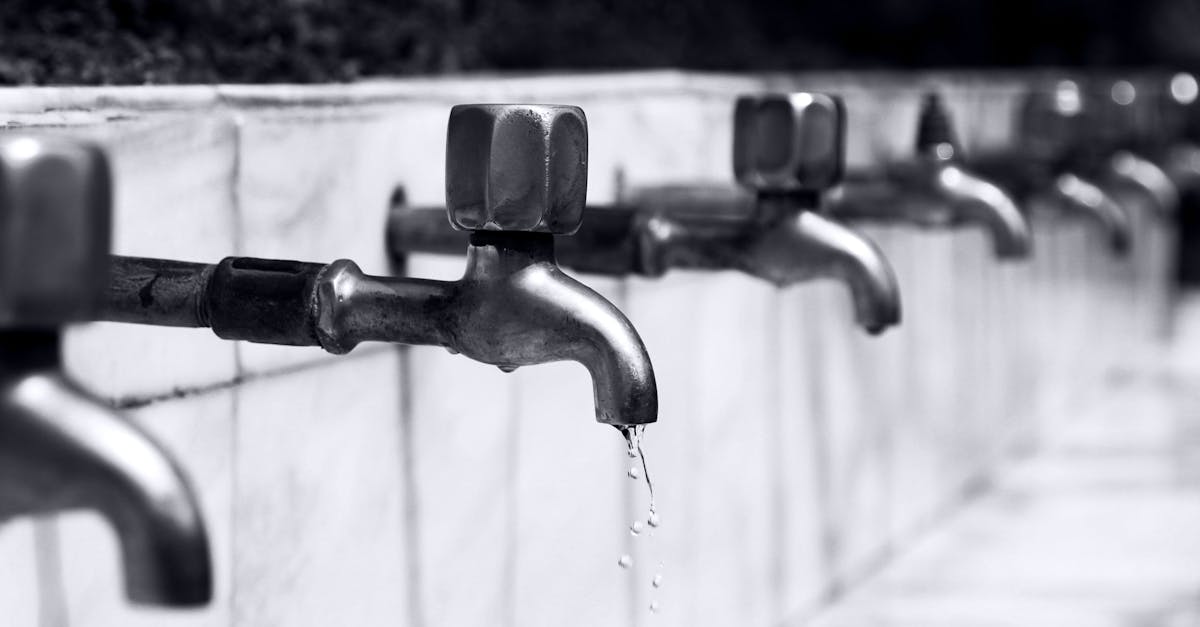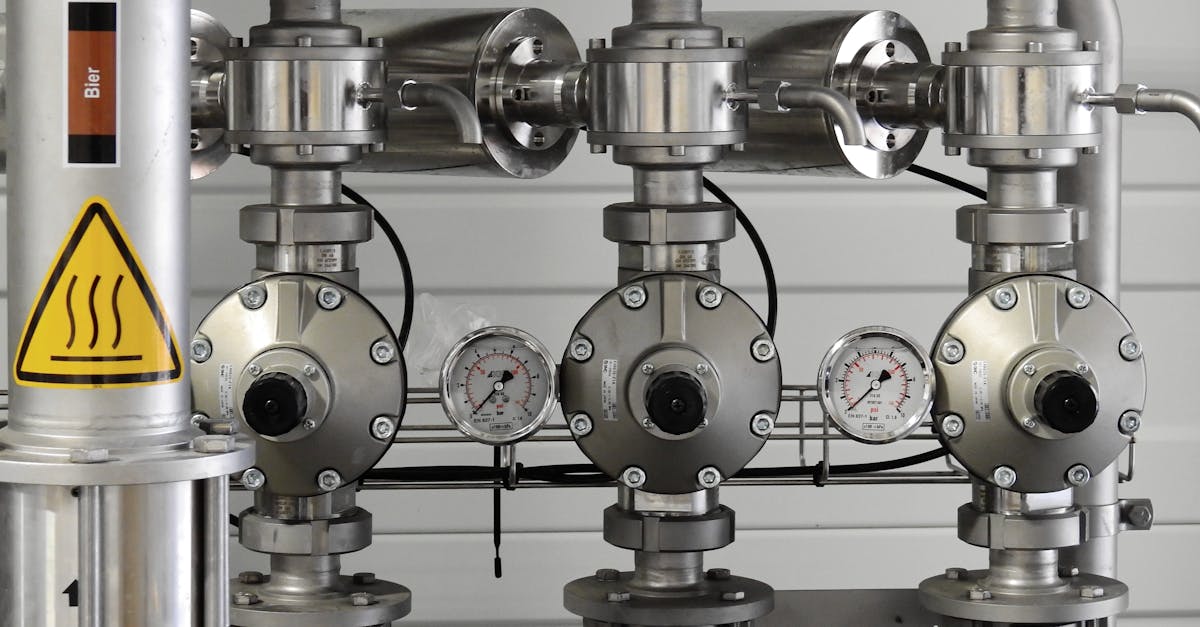
Costs Associated with Pipe Repair
The costs associated with pipe repair can vary significantly based on several factors. Homeowners often encounter expenses related to labor, materials, and the complexity of the repair job. Simple fixes may lead to minor costs, while extensive repairs or replacements can add up substantially. Understanding these factors can help homeowners budget effectively and make informed decisions about their plumbing needs.
Pipe installation and repair costs can also be influenced by geographic location and the availability of skilled professionals. Some regions may have prevailing wage rates that affect labor costs. Additionally, emergencies could result in higher pricing due to the urgency of the situation. Taking the time to compare estimates from different contractors may provide better insight into fair pricing for your specific repair needs.
Factors Influencing Repair Prices
Several factors play a crucial role in determining the costs associated with pipe installation and repair. The type of damage to the pipes significantly influences the overall expense. Minor leaks may require simple repairs, while extensive damage could necessitate full pipe replacement, leading to higher costs. The materials used in the original pipework also contribute to the pricing. For example, repairing copper pipes often comes at a premium compared to PVC or galvanized pipes due to material and labor considerations.
Labor costs form another essential element of the pricing equation. Skilled plumbers tend to charge higher rates for their expertise, which can add substantially to the overall expenses. Location is another significant factor, as costs can vary widely between urban and rural areas. Accessibility of the damaged pipes might complicate repairs, potentially leading to increased labor time and costs. Understanding these factors helps homeowners anticipate and budget for necessary pipe installation and repair work.
Preventative Measures for Pipe Maintenance
Regular maintenance of your plumbing system can significantly extend the life of your pipes. Simple actions like inspecting for leaks and corrosion, regularly cleaning drains, and ensuring proper insulation during colder months are essential practices. Being proactive in these areas helps prevent small issues from escalating into more significant problems. Additionally, having professional assessments can identify vulnerabilities in your system before they turn into costly repairs.
Proper pipe installation and repair play an important role in ongoing maintenance. Using high-quality materials can prevent frequent replacements. Ensuring the installation meets local building codes also contributes to the system's longevity. Homeowners should stay informed about the different types of pipes available, as each has unique characteristics that affect durability and maintenance requirements. Prioritizing these preventive measures will facilitate smoother plumbing operations in the long run.
Tips to Avoid Future Pipe Problems
Regular maintenance is essential for avoiding future pipe problems. Homeowners should consider scheduling routine inspections to identify small issues before they escalate. Simple tasks like checking for leaks and ensuring proper drainage can prevent significant damage. Keeping an eye on your plumbing system helps maintain its efficiency and longevity.
Proper installation techniques significantly influence the lifespan of your pipes. Engaging professional services for pipe installation and repair ensures that everything is set up according to industry standards. Additionally, using the right materials for your specific environment can lead to fewer complications down the line. Educating yourself about the types of pipes and their maintenance needs is a valuable investment in the health of your plumbing system.
Types of Pipes Commonly Used
Pipes play a crucial role in plumbing systems, conveying water and waste throughout residential and commercial properties. The most commonly used types of pipes include PVC, copper, and PEX. PVC is favored for its lightweight and corrosion-resistant properties, making it suitable for various applications, particularly drainage. Copper pipes, known for their durability and reliability, are often used for water supply lines. PEX has gained popularity for its flexibility and ease of installation, particularly in retrofitting projects.
When considering pipe installation and repair, understanding the different materials can significantly impact the choice of a plumbing system. Each type comes with its own benefits and challenges. For instance, while copper may offer longevity, it can be more expensive and labor-intensive to install compared to PEX. PVC is generally cost-effective but may not withstand high temperatures as well as other materials. Familiarity with these pipe types aids homeowners in making informed decisions regarding their plumbing needs.
Understanding Different Pipe Materials
Understanding the different types of pipe materials is essential for effective pipe installation and repair. Each material offers unique benefits and drawbacks that can influence both the longevity and performance of plumbing systems. Common materials include PVC, copper, and galvanized steel. PVC is lightweight and resistant to corrosion, making it suitable for a wide range of applications. Copper, while more expensive, is known for its durability and antimicrobial properties, often preferred in drinking water systems. Galvanized steel, once widely used, is less common now due to its susceptibility to rust over time.
When considering pipe installation and repair, it's crucial to take into account the specific conditions in which the pipes will be used. Factors such as water quality, temperature fluctuations, and the potential for chemical exposure can dictate the most suitable material. For example, flexible materials like PEX adapt well to various temperature changes, whereas rigid types like cast iron are more suitable for drainage systems. By understanding these materials, homeowners and contractors can make informed decisions that enhance the efficiency and reliability of plumbing systems.
FAQS
What is the term used for fixing pipes?
The process of fixing pipes is commonly referred to as "pipe repair."
What are the typical costs associated with pipe repair?
The costs of pipe repair can vary greatly depending on factors such as the extent of the damage, labor costs, and the type of materials needed for the repair.
What factors can influence the price of pipe repairs?
Factors influencing repair prices include the type of pipe, the location of the damage, accessibility, and whether the repair requires specialized equipment or techniques.
How can I prevent future pipe problems?
To prevent future pipe problems, you can implement regular maintenance practices, such as inspecting pipes for leaks, keeping them insulated during cold weather, and avoiding flushing inappropriate materials down drains.
What types of pipes are commonly used in plumbing?
Common types of pipes used in plumbing include PVC (polyvinyl chloride), copper, PEX (cross-linked polyethylene), and galvanized steel, each with its own advantages and disadvantages.


